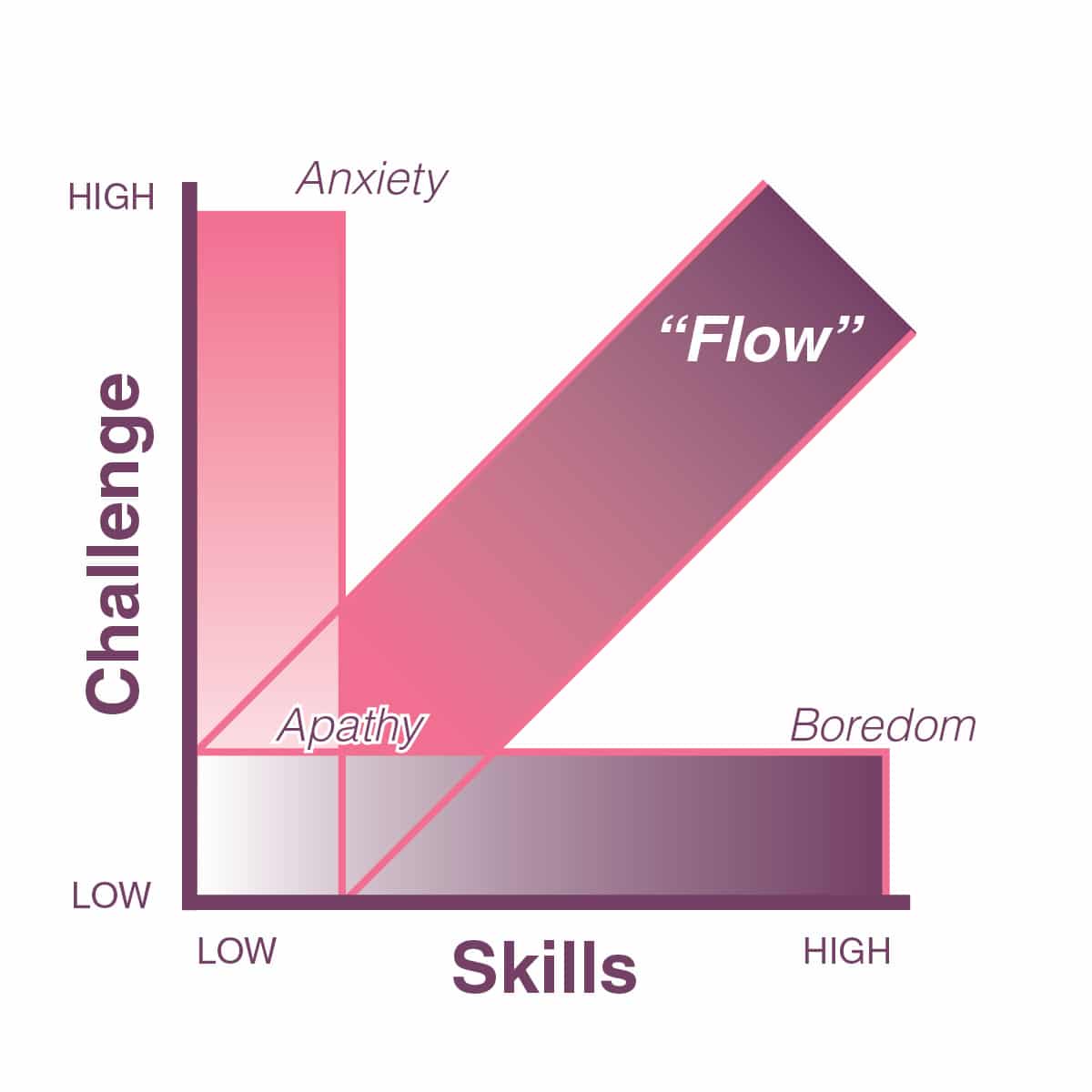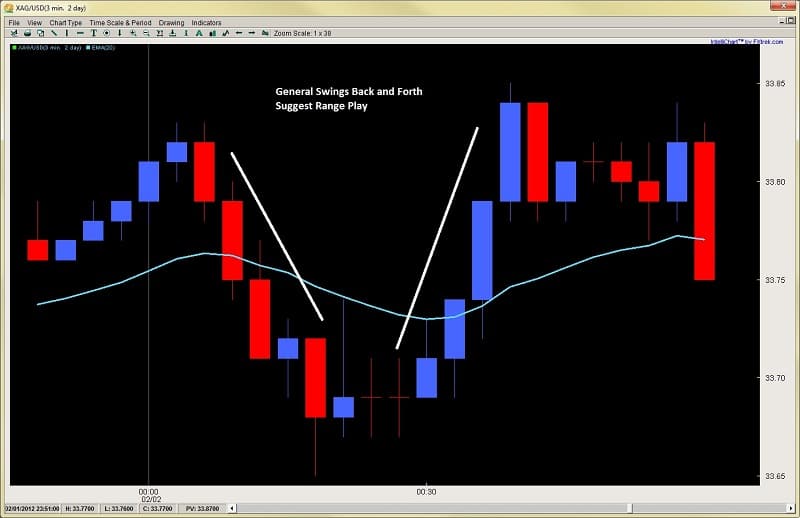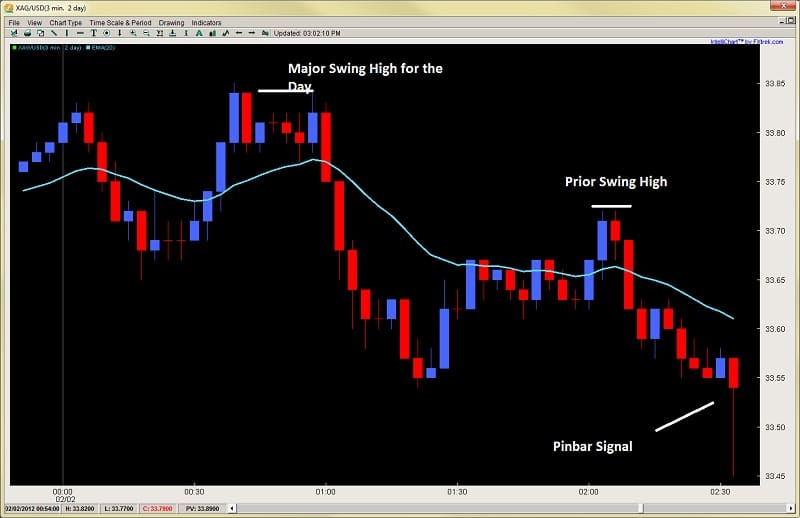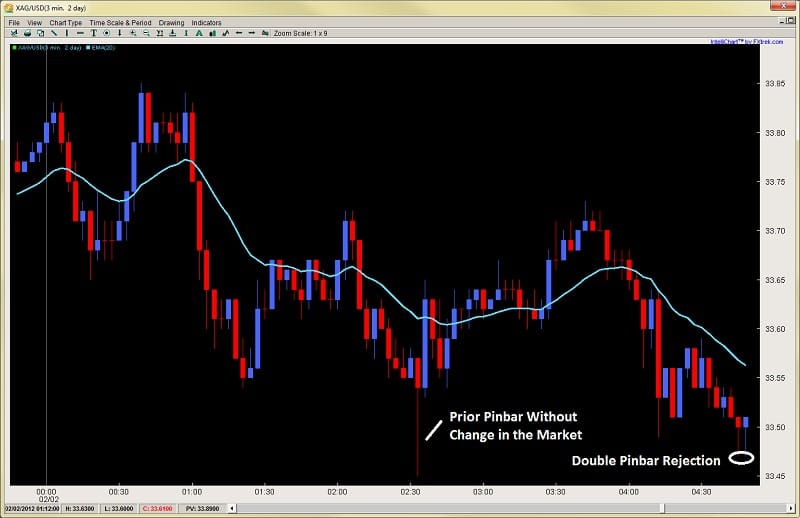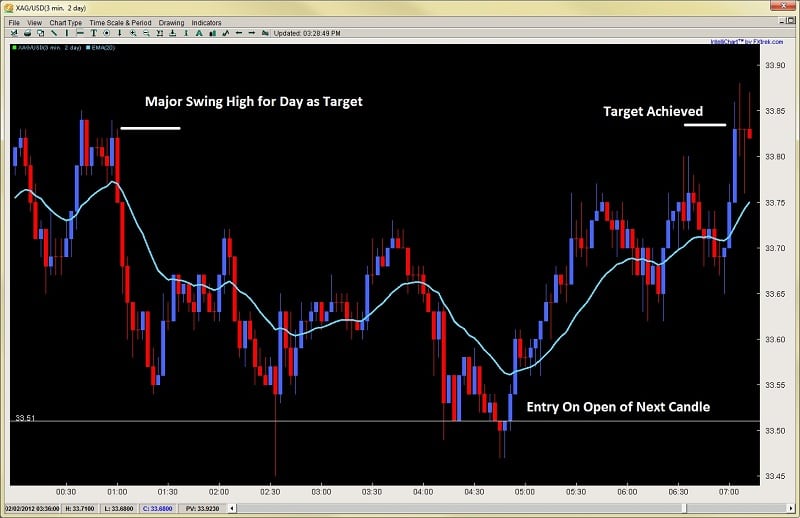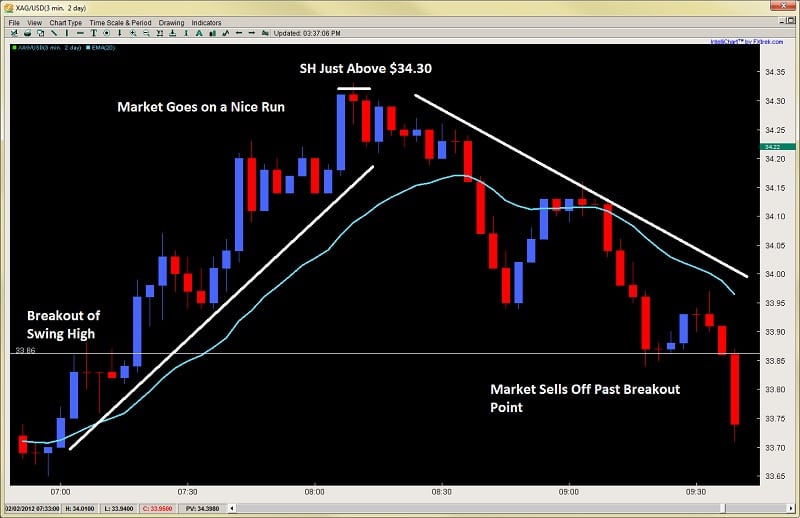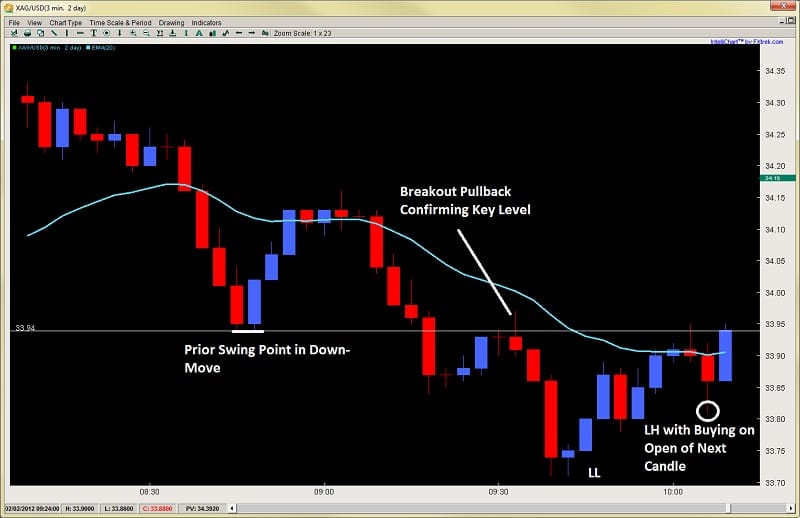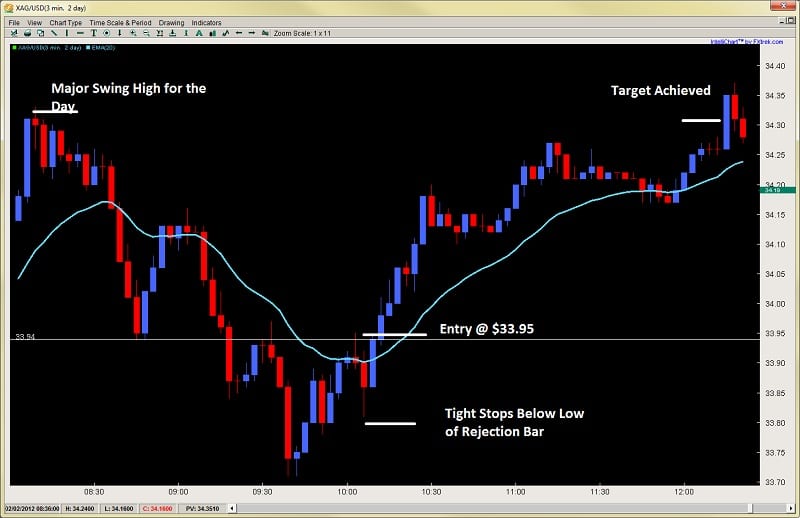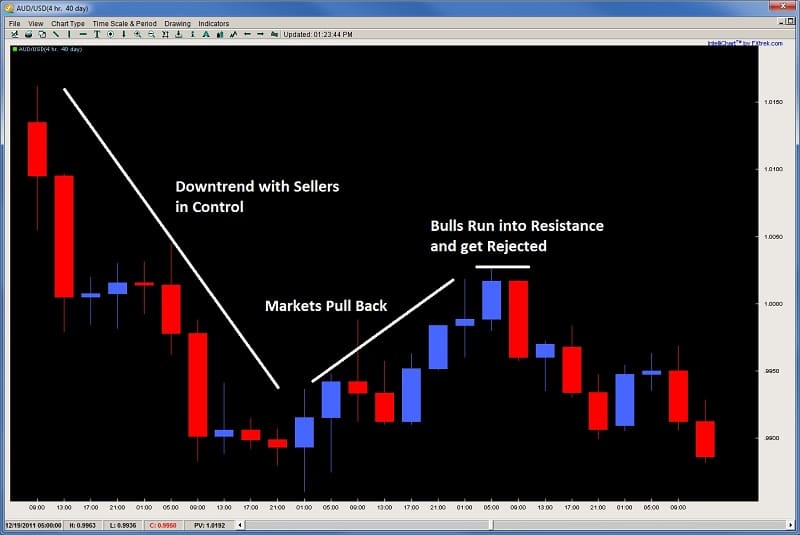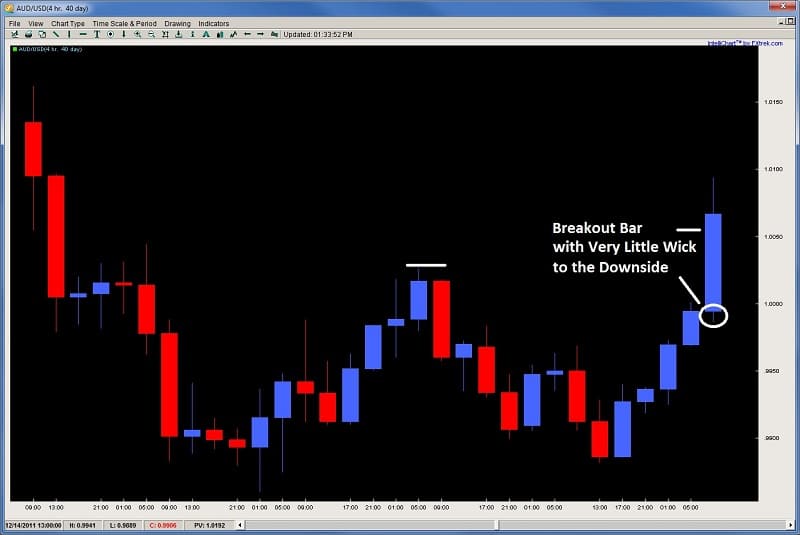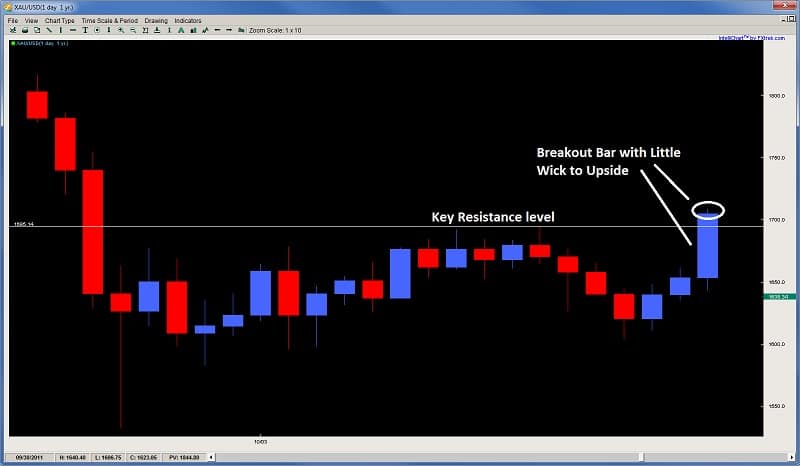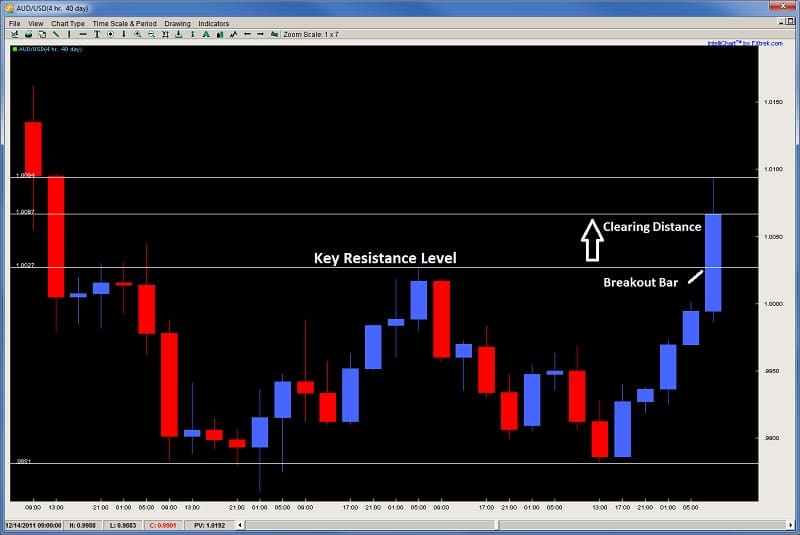If you think this article is going to be about learning a price action setup, you’re wrong, but it will be about something more powerful. For your future, for your learning process, and for your sanity, keep reading this article if you are not consistently profitable.
Of all my articles, the most popular and commented ones are always on some specific setup or system.
Because almost all of you have been hunting for the one system, that edge which will turn your trading around. That edge which will print money into your account day after day, week after week without much effort. You’ve probably amassed dozens of patterns and systems, yet still aren’t making money.
Sound familiar?
If so, don’t worry – that was me 12 years ago.
But I think it points to a problem for those hunting through forums, websites and videos looking for your pot of gold. All of your focus and energy has been on finding a ‘system‘ or ‘price action setup‘ that makes money.
Sure, everyone wants their own ATM machine – who doesn’t? But what is also going on is you want the market de-mystified. You want trading to be simple and easy, i.e. thinking three simple setups will solve all your trading problems and help you understand the market.
Regardless, this underlies two things which will trip you up in trading;
1) The fallacy three simple price action setups will consistently make you money if you have good money management.
2) Being uncomfortable with uncertainty.
Today’s article will be focused on the first point, and the next article will be focused on the latter.
Three Simple Setups? Really?
To begin, it is a complete fallacy that if you learn what a pin bar, inside bar and a fakeout system is + good money management = making money…that you understand and can trade price action.
How convenient that a market which has brought traders to its knees, crying, jumping out of windows after losing fortunes, that three simple setups and good money management (plus a little psychology) is all you need to be a profitable trader.
If that was the case, why isn’t everyone doing it?
Why are banks spending thousands of dollars, and months, if not years on end, training their traders, when there is such a conveniently packaged solution available?
My programmer was recently at a algo conference with some of the top hedge funds. He told me they are spending hundreds of thousands of dollars re-programming their algos every 12-24 months to keep a competitive edge.
Why would they do this if they could just learn what a pin bar was, inside bar and fakeout setup is? Wouldn’t that be easier?
Newbie traders want to hear the market can be simplified into three price action setups, that trading with the trend and good money management is all you need. It perpetuates a dream which is actually a false reality.

This is why I have always talked about learning to read the price action in real time, that you cannot rely upon systems alone. Yes, a pin bar can be a highly effective method for trading various price action situations. But it always has to be taken in ‘Context‘.
Two Scenarios
To demonstrate this point, lets take two scenarios;
1) A bullish pin bar forms after a long trending move. This trending move ended with an exhaustive candle which then proceeded to form a double bottom off a key support level. The pin bar closed bullish and formed on the 2nd bottom also creating a 3 pip breakout below the lows. Am I going to buy that pin bar if I get a corrective pullback towards the double bottom?
Absolutely!
I see that – I’m going to buy that. The pin bar was a very good setup and price action cue for me. But remember, pin bars can be both cause and the result of order flow.
However, we have the other pin bar scenario….
2) Price action has dropped 1000pips in the last two days. Then in the middle of the Tokyo session forms a tiny pin bar on the 4hr time frame that closes bearish. Am I going to buy that pin bar expecting the price to reverse? NO!
Why???
Context!
You have to understand, there is nothing wrong with the pin bar by itself. It can be a highly effective signal, or it can lead to losses.
What is the difference?
It’s not money management, or trading with the trend, or your psychology.
It’s the context with which it forms. But to understand these differences, you have to learn to read price action in real time, and what it has done in the past around those levels. That is the context you have to learn how to read.
Passive vs. Active Learning
To be sitting there passively, waiting for days on end for your three simple price action setups is trading in passive mode and flat out boring. And boredom will actually interfere with your learning process.
If you can only find one setup a week, you’re not looking hard enough because there are plenty.
There is no active learning, and active learning is what you need. In active learning, you are engaging your resources, your current level of knowledge and applying it. In passive learning, you are not engaging any of your knowledge and seeing how it works in real time, learning from the feedback loop called the markets.
If you are sitting on the sidelines for days on end, just waiting for your three simple setups, you’re wasting your time. You could be learning, trying, studying, and participating in the market which is what facilitates learning.
I didn’t just learn what an inside bar was and then trade it based on what it should do. I spent dozens of hours studying 1000’s of inside bars and pin bars, to see what was different between them all, and how did price action form after each unique one.
I have pages of notes about pin bars, how each one forms, its size in relation to the prior bar, where it forms in relation to the prior bar, in the trend, near the 20ema, in relation to the surrounding price action, support/resistance levels, etc, etc, etc.
I don’t just trade pin bars like a robot. I trade them in context, and that is what gives me an edge, to be able to read the price action in real time, and what the market has done around current levels.
A Student
One of my students wrote just yesterday on this subject:
“I am at that point where I know I want to be a full time trader. I absolutely believe that the strategies, models and methods we are taught in this course can lead to profitability, because I’m using them everyday and they lead to good profitable trades.
However, I have moved away from just seeing a pin bar or some other signal and just pulling the trigger, because I have moved toward understanding price action the way Chris talks about in his lessons, like he has done on breakouts, the aussie price action, the USDX, etc.
I believe that as traders we can trade these strategies and make some money, but we will not evolve as traders if we don’t begin to read and understand the price action that is occurring around these different setups.“
When I read this, I was nothing but smiles as the light went on. This student gets it, and gets what I have been teaching. He understands that pin bars, inside bars, and all the other methods have a purpose – but they are not the road and vehicle towards profitable trading.
Although they are highly informative about what the order flow is behind the price action, he understands they are both cause and result. This means he understands sometimes they are the cause of order flow, and other times, they are the ‘result’ of order flow. They are not simply just one or the other.
It also means he is spending his time learning to read the price action in real time, to understand what kinds of order flow would create such price action. He is not passively waiting for setups, and then pulling the trigger like an automaton. He understands that these setups have to be taken in context.
In Summary
Don’t waste your days on end in waiting mode for your simple three setups to occur. Understand three simple setups will not lead you to profitable trading, nor understanding price action. If it did, everyone would be doing it and that is all they would be teaching at banks and hedge funds.
Understand trading price action means learning to read price action in real time. It means being an active and deliberate learner.
Understand that price action setups are highly valuable tools – but they have to be taken in context. You have to learn to read what kind of order flow would create such price action, and how to trade this flow.
I hope this helps and that it changes the way you look at price action and your learning process.
Please make sure to leave your comment, like and share this post.
Kind Regards,
Chris


